What are the Power and Duties of an Indian Air Force Flying Officer?
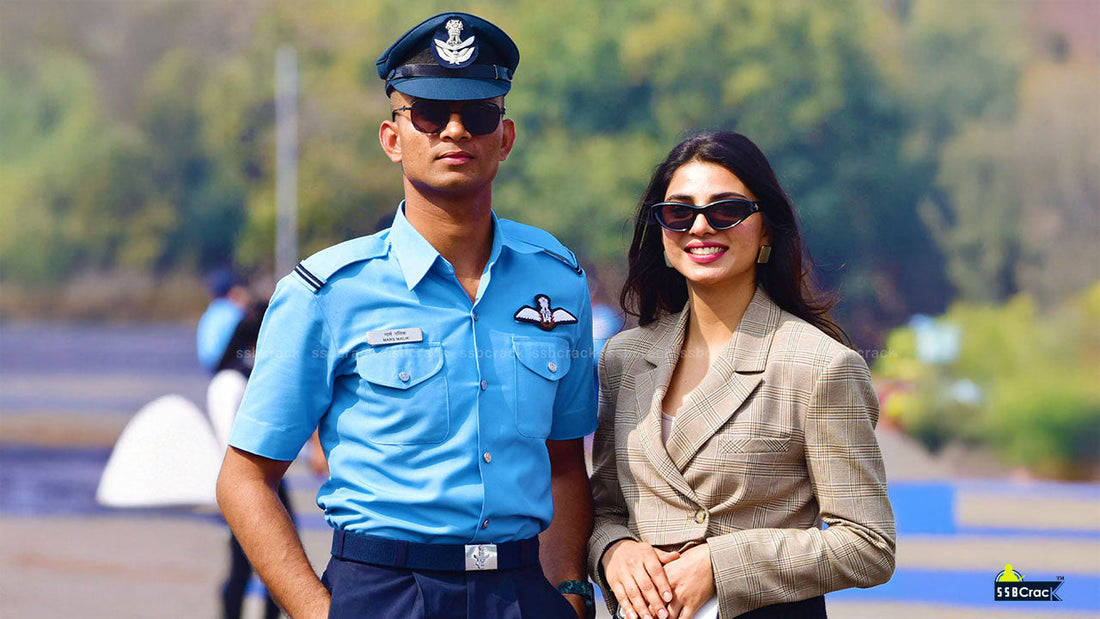
The Indian Air Force (IAF) stands as a pillar of national security, safeguarding the skies and contributing to the defense of the nation. Among its ranks, the Flying Officer holds a pivotal role as a junior commissioned officer, typically the first rank after commissioning. This article delves into the powers, duties, and responsibilities of a Flying Officer in the Indian Air Force, providing a comprehensive understanding of their role in the context of the IAF’s operations and structure.
Overview of the Flying Officer Rank
The Flying Officer is an entry-level commissioned officer rank in the IAF, equivalent to a Lieutenant in the Indian Army or a Sub-Lieutenant in the Indian Navy. Positioned above the Pilot Officer and below the Flight Lieutenant, this rank marks the beginning of an officer’s journey in operational and leadership roles. Flying Officers are typically young, dynamic individuals who have undergone rigorous training at institutions like the Air Force Academy (AFA) in Dundigal, Hyderabad, or other officer training establishments. Upon commissioning, they are assigned to one of the IAF’s branches, such as the Flying Branch, Technical Branch, or Ground Duty Branch, with Flying Officers in the Flying Branch being the most prominent in operational roles.
The role of a Flying Officer is multifaceted, combining operational expertise, leadership, and administrative responsibilities. Their powers and duties are shaped by their branch, the nature of their assignments, and the operational demands of the IAF. Below, we explore these aspects in detail, focusing primarily on Flying Officers in the Flying Branch, while also touching upon their roles in other branches.

Duties of a Flying Officer in the Indian Air Force
1. Operational Flying Duties
For Flying Officers in the Flying Branch, their primary duty is to operate and manage advanced aircraft, including fighters, transport planes, or helicopters, depending on their specialization. These duties include:
- Combat Operations: Flying Officers in fighter squadrons pilot aircraft like the Sukhoi Su-30 MKI, Rafale, or Tejas, engaging in air-to-air and air-to-ground combat missions. They are responsible for executing tactical maneuvers, delivering precision strikes, and maintaining air superiority during conflicts or exercises.
- Transport and Logistics: In transport squadrons, Flying Officers operate aircraft like the C-130J Super Hercules or IL-76, undertaking missions such as troop transport, disaster relief, airdrops, and supply missions to remote areas. They ensure timely and safe delivery of personnel and materials, often under challenging conditions.
- Helicopter Operations: Flying Officers in helicopter units fly aircraft like the Mi-17, Chinook, or Dhruv, performing roles such as search and rescue, casualty evacuation, troop insertion, and disaster response. These missions demand precision flying in diverse terrains, from high-altitude regions to urban environments.
- Mission Planning and Execution: Flying Officers are involved in pre-flight planning, including studying mission objectives, weather conditions, and intelligence reports. They coordinate with ground crews, air traffic control, and other units to ensure seamless execution of missions.
- Training and Exercises: Flying Officers participate in regular training sorties, simulators, and joint exercises (e.g., Exercise Gaganshakti or multinational exercises like Red Flag). These activities hone their flying skills, tactical acumen, and ability to operate in complex scenarios.
2. Leadership and Command Responsibilities
As commissioned officers, Flying Officers are expected to lead and inspire their teams, even at this junior level. Their leadership duties include:
- Squadron Duties: In a squadron, Flying Officers work under senior officers like Squadron Leaders or Wing Commanders but are responsible for leading small teams of airmen, technicians, or ground crew. They ensure discipline, morale, and operational readiness within their unit.
- Flight Command: During missions, a Flying Officer may lead a formation of aircraft as a “section leader” or “wingman,” coordinating with other pilots to execute complex maneuvers. This requires quick decision-making and situational awareness.
- Mentorship: Flying Officers mentor junior airmen and non-commissioned officers, fostering a culture of professionalism and teamwork. They are often role models for younger recruits aspiring to become officers.
3. Administrative and Logistical Responsibilities
Beyond operational roles, Flying Officers handle administrative tasks to ensure the smooth functioning of their units:
- Documentation and Reporting: They maintain records of flight operations, including mission logs, aircraft maintenance reports, and performance evaluations. Accurate documentation is critical for operational analysis and safety audits.
- Coordination with Ground Crews: Flying Officers liaise with technical teams to ensure aircraft are mission-ready. They verify pre-flight checks, coordinate maintenance schedules, and address technical issues.
- Training Supervision: In training units, Flying Officers may assist in instructing cadets or new pilots, overseeing simulator sessions or basic flight training. They ensure that trainees adhere to IAF standards and safety protocols.
Also Read: What are the Power and Duties of an Indian Air Force Squadron Leader?
4. Specialized Roles in Technical and Ground Duty Branches
While the Flying Branch is the most visible, Flying Officers in other branches have distinct duties:
- Technical Branch: Flying Officers in the Technical Branch (Aeronautical Engineering – Electronics or Mechanical) oversee the maintenance, repair, and operational readiness of aircraft and systems. They work closely with technicians to troubleshoot issues, manage spare parts, and ensure compliance with safety standards.
- Ground Duty Branch: In roles like Administration, Logistics, or Air Traffic Control, Flying Officers manage airbase operations, personnel welfare, or airspace coordination. For example, a Flying Officer in Air Traffic Control ensures safe takeoffs, landings, and airspace management, while those in Logistics handle supply chains and resource allocation.
5. Emergency and Humanitarian Roles
Flying Officers are often at the forefront of disaster response and humanitarian missions:
- Disaster Relief: During natural calamities like floods, earthquakes, or cyclones, Flying Officers in transport or helicopter squadrons deliver relief supplies, evacuate civilians, and support ground operations.
- Search and Rescue (SAR): Helicopter Flying Officers conduct SAR missions in challenging environments, such as high-altitude rescues in the Himalayas or maritime rescues over the Indian Ocean.
- Medical Evacuation: They facilitate the airlift of injured personnel or civilians to medical facilities, often under time-sensitive and high-pressure conditions.
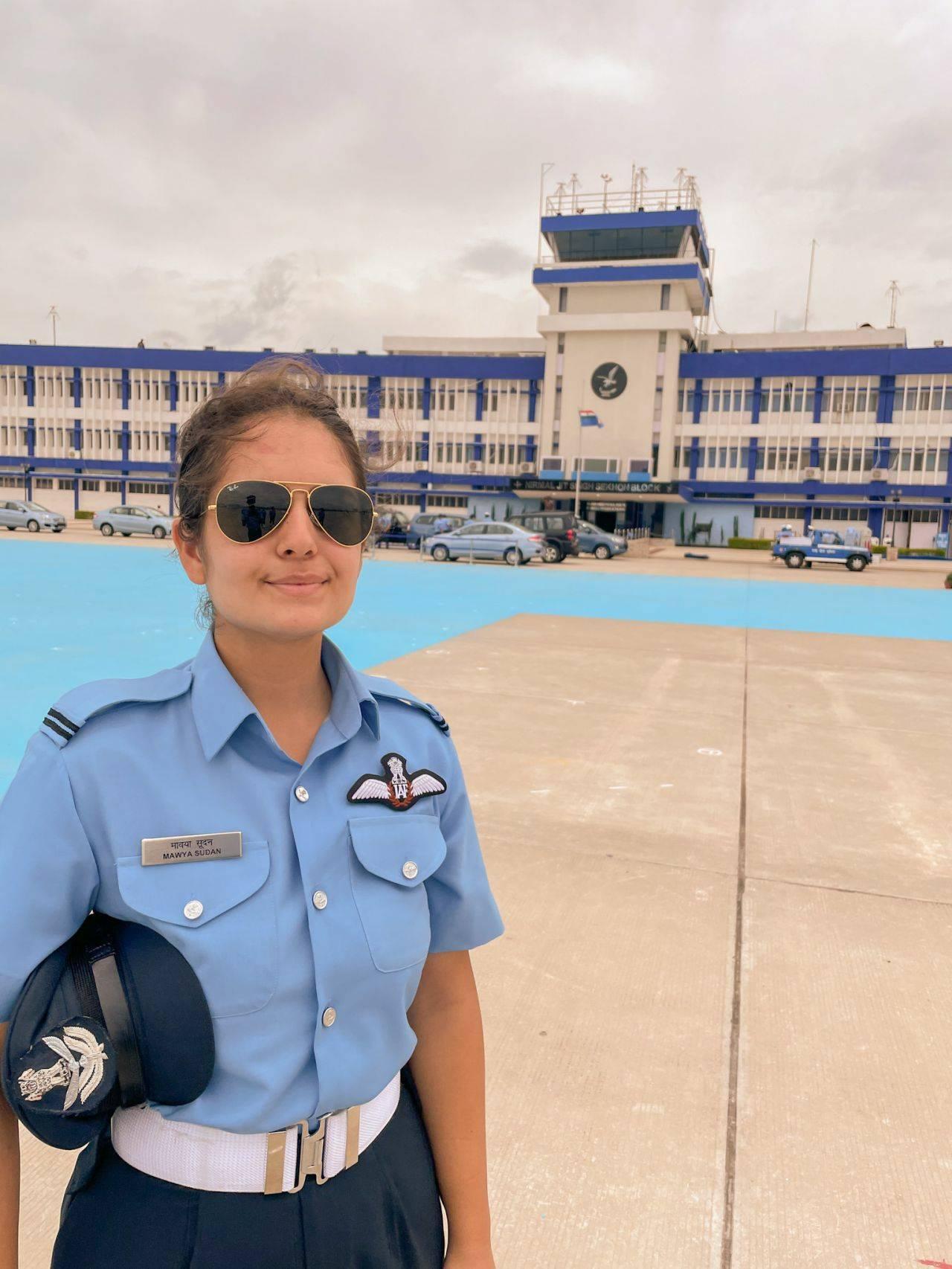
Powers of a Flying Officer
As commissioned officers, Flying Officers wield certain powers within the framework of military law and IAF regulations. These powers are exercised with discipline and accountability:
1. Command Authority
- Flying Officers have the authority to issue orders to airmen and non-commissioned officers under their command. This includes directing ground crews, coordinating mission tasks, and ensuring compliance with IAF protocols.
- In operational contexts, they can make tactical decisions during missions, such as altering flight paths or responding to threats, within the scope of their mission brief.
2. Disciplinary Powers
- Flying Officers can initiate disciplinary action against subordinates for minor infractions, such as breaches of conduct or failure to follow orders. They report serious violations to senior officers for further action under the Air Force Act, 1950.
- They are responsible for maintaining discipline and morale within their teams, addressing grievances, and fostering a professional environment.
3. Operational Decision-Making
- During missions, Flying Officers have the authority to make real-time decisions, such as engaging targets, aborting missions due to safety concerns, or coordinating with other units. These decisions are guided by mission objectives and IAF protocols.
4. Access to Classified Information
- Flying Officers are entrusted with sensitive information, including mission plans, intelligence reports, and technical data. They are responsible for safeguarding this information under the Official Secrets Act, 1923, and IAF security protocols.
5. Representation of the IAF
- As officers, Flying Officers represent the IAF in official capacities, whether during inter-service interactions, joint exercises, or public engagements. They uphold the IAF’s values of integrity, professionalism, and service.
Challenges Faced by Flying Officers
The role of a Flying Officer is demanding, requiring physical fitness, mental resilience, and technical expertise. Some challenges include:
- High-Stakes Environment: Flying advanced aircraft in combat or adverse conditions demands precision and composure under pressure.
- Long Hours and Deployments: Flying Officers often work irregular hours, including night sorties, and may be deployed to remote or forward bases.
- Continuous Learning: The rapidly evolving nature of aviation technology requires Flying Officers to stay updated through training and certifications.
- Balancing Roles: They must juggle operational, leadership, and administrative duties, often in high-pressure situations.
Career Progression and Development
A Flying Officer typically serves in this rank for about two to three years before being promoted to Flight Lieutenant, subject to performance and service requirements. During this period, they gain hands-on experience, build leadership skills, and undergo advanced training to prepare for higher responsibilities. The IAF invests heavily in their development through courses, simulators, and exposure to joint exercises with other air forces.
Flying Officers also have opportunities to specialize further, such as becoming test pilots, instructors, or transitioning to roles in air defense, intelligence, or space operations. Their early years as Flying Officers lay the foundation for a rewarding career in the IAF.

Conclusion
The role of a Flying Officer in the Indian Air Force is both challenging and rewarding, encompassing a wide range of duties from piloting sophisticated aircraft to leading teams and contributing to national security. Their powers, rooted in command and operational authority, are exercised with discipline and a commitment to the IAF’s ethos of “Touch the Sky with Glory.” Whether soaring through the skies in a fighter jet, delivering aid in a disaster zone, or ensuring the technical readiness of aircraft, Flying Officers are the backbone of the IAF’s operational success. Their contributions not only safeguard India’s airspace but also uphold the proud legacy of one of the world’s most respected air forces.
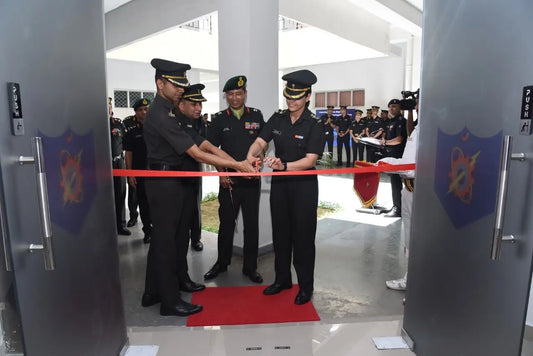
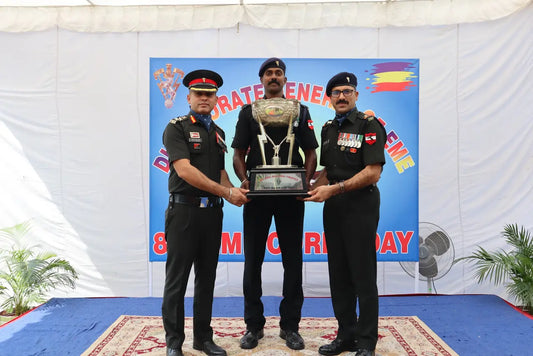
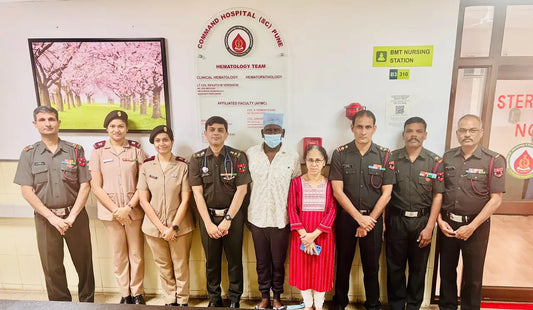
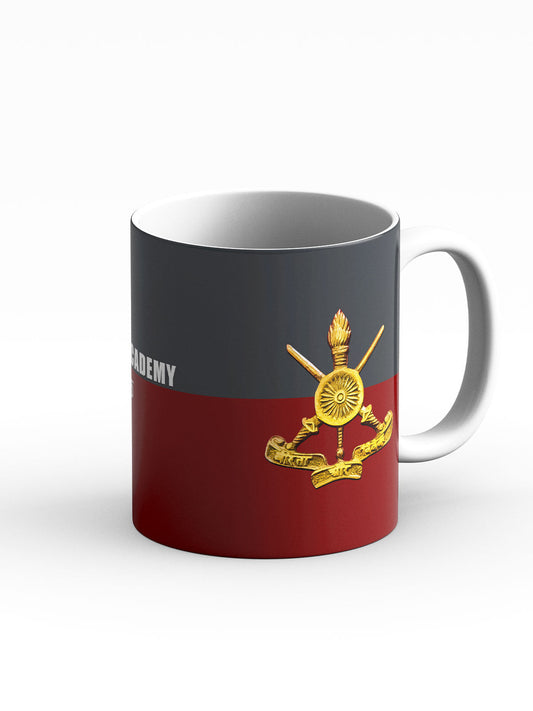
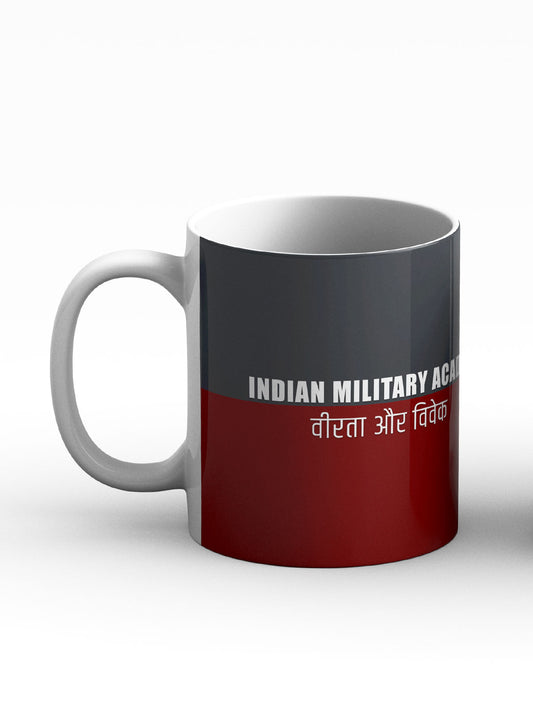
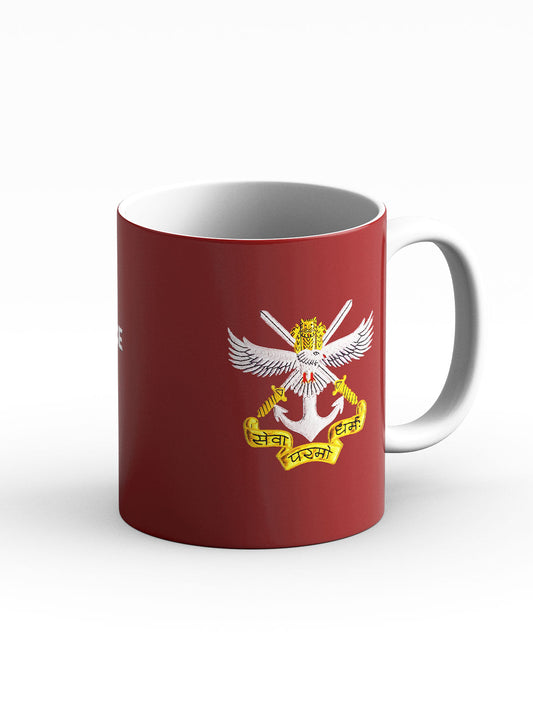
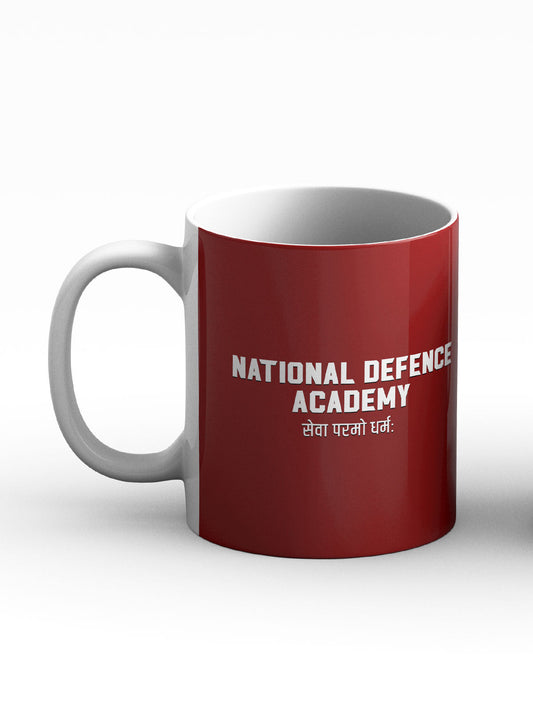
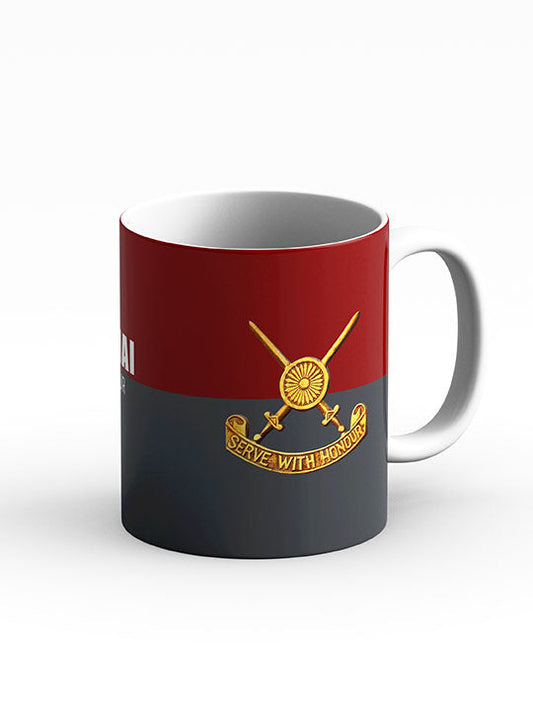
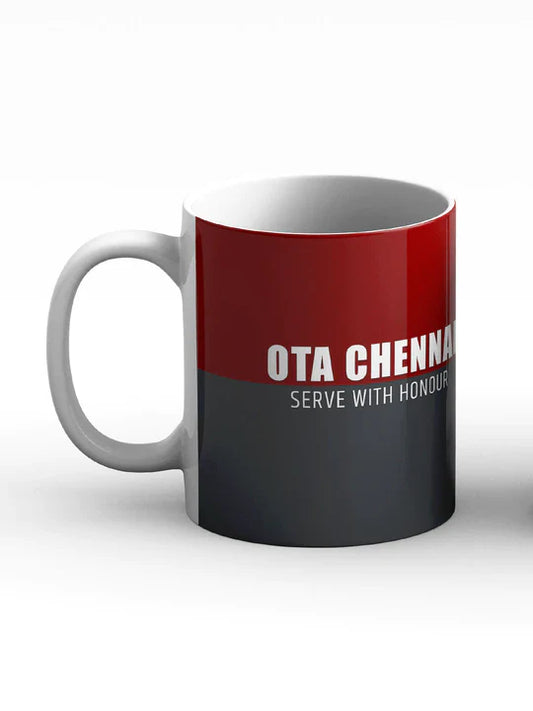
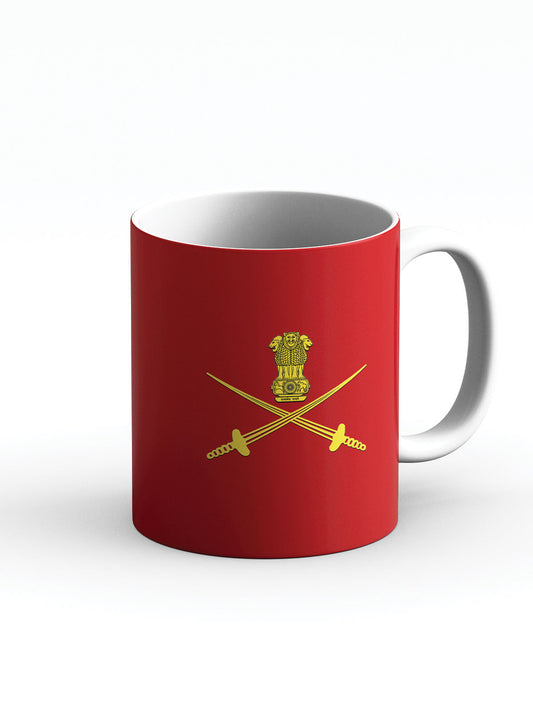
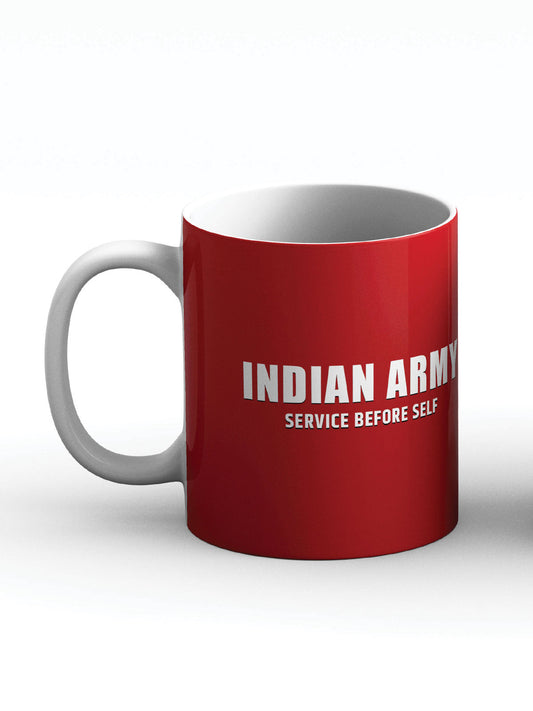
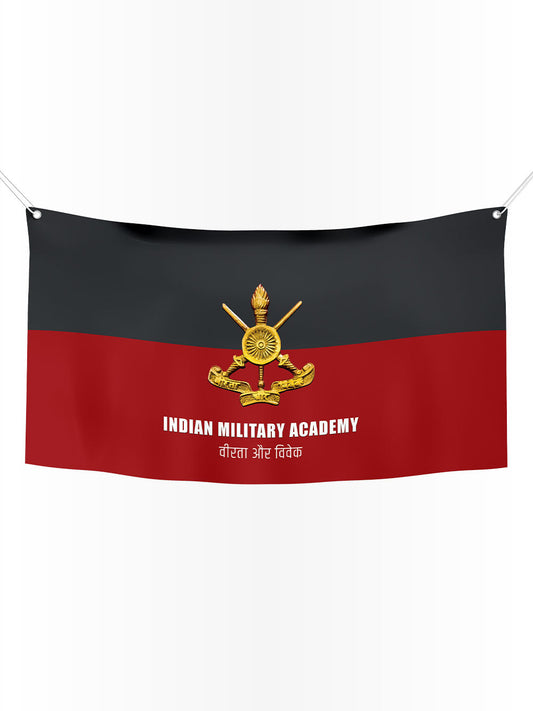
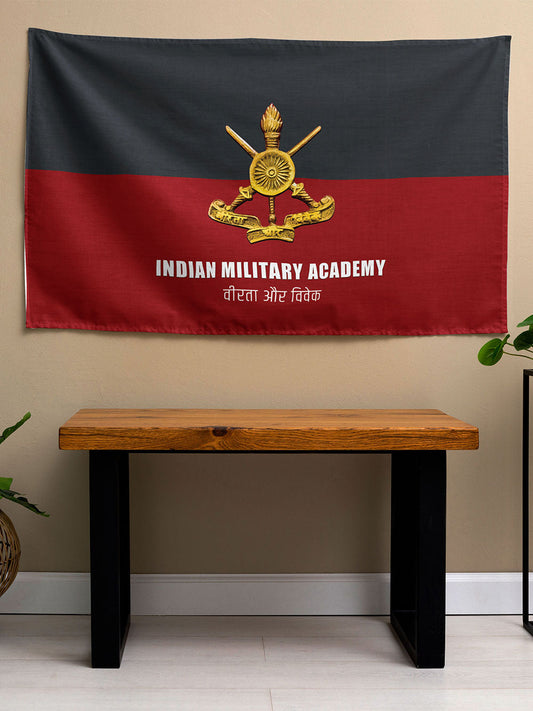
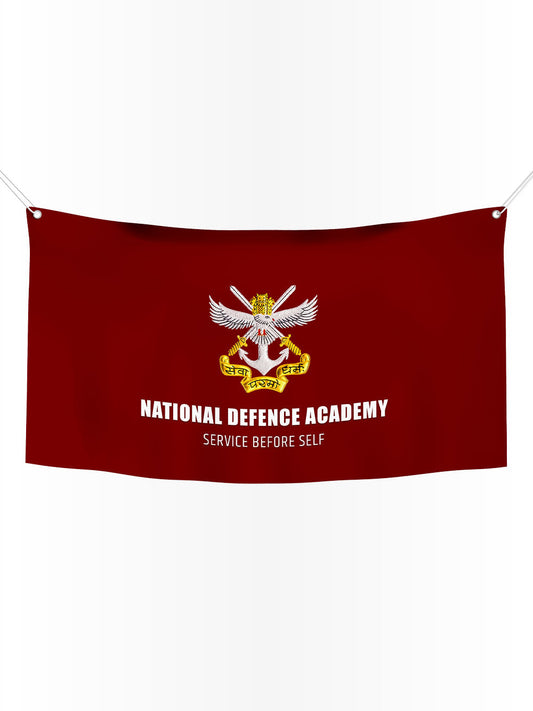

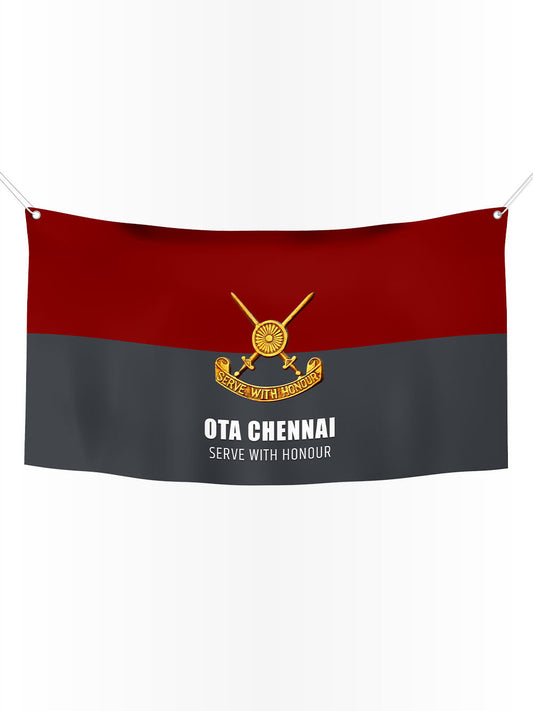
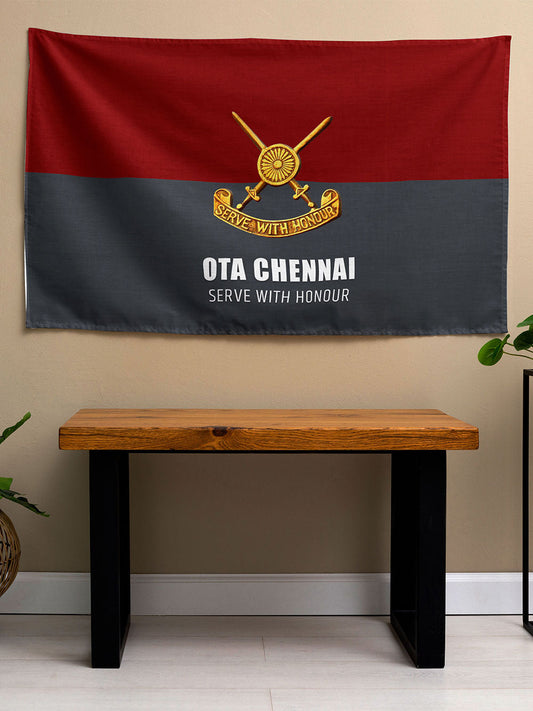
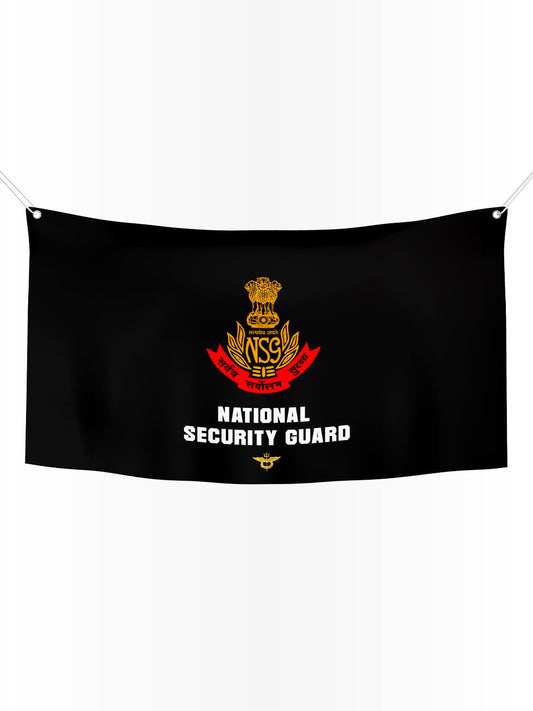
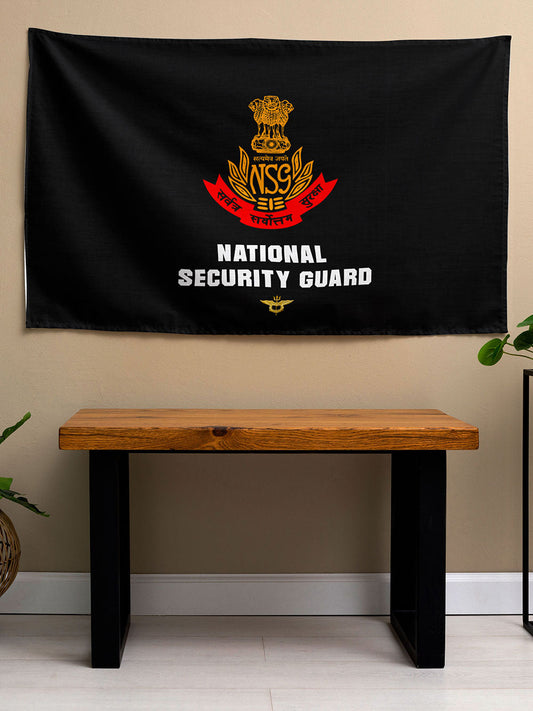

8 comments
Mid level officers of armed forces officers have been the backbone of Indian Armed Forces and they have always delivered beyond their call of duty. The middle piece officers however, aren’t happy with their service conditions because very few promotion opportunities and extremely deep selection to fill these vacancies. The drop out officers are better at times than those selected by promotion boards.Many officers selected for prestigious courses like Higher Command , NDC are not willing to do such courses and look for release from service. There has been an alarming shortage of officers in all three services sixties and Govt has failed to attract suitable material for officers selection besides the fact that selection qualitative requirement standards have been reduced at regular intervals. Most ridiculous Agnipath and Agniveer schemes were introduced a few years back causing critical deficiencies in operational units. Agniveers are not interested to be remastered as Sepoys but are joining to get a lateral entry in civil services where they can serve upto 60 years of age. Op Sindoor has only been successful because it was executed against a very very weak nation and just for three and half days. Let us not be too happy because Op Sindoor’s success.
Indian Armed Forces have been continuously degraded which also irks all ranks of Armed Forces. An Infantry sepoy has been rated as an unskilled individual while police constables of all police forces rated much higher by the Govt. Doesn’t it demotivates the Indian Armed Forces.
I will join the IAF very soon.
What a beautiful uniform, Jai Hind officers.